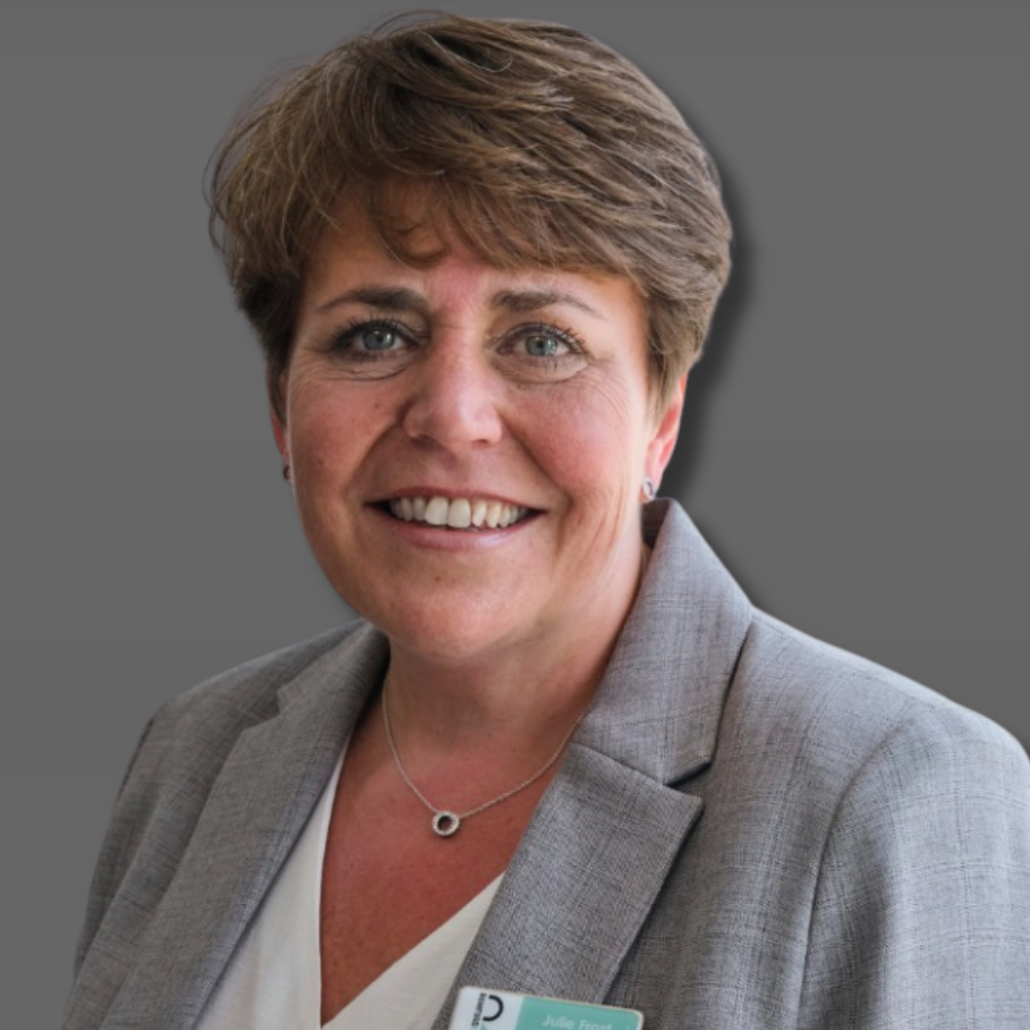Transport for London releases new names for Overground lines
In a groundbreaking move to enhance the navigational experience and celebrate the rich cultural tapestry of London, each of the city’s six Overground lines will now boast a unique name and colour, marking a historic shift in the iconic Tube map.
The transformation aims to simplify the network for commuters, drawing inspiration from London’s diverse history and communities.
Transport for London (TfL) conducted extensive research revealing that some passengers found the London Overground network confusing due to its single colour and name. The revamp addresses this concern by assigning distinct names and colours to each line, facilitating a clearer understanding of the system.
London’s Transport Commissioner, Andy Lord, expressed enthusiasm for the change, emphasising the growth of the Overground, which now carries over three million customers weekly. He stated,
The network, which has grown quite considerably since 2007, is currently shown as a complicated network of orange on route maps. This can be confusing for customers less familiar with the network and could be a barrier for some wanting to use the London Overground. These new names and line colours will simplify the maps and routes for our customers, and it is hoped it will encourage more people to make the most of our services. It is also a great way to tell the stories of some important parts of London’s cultural diversity.
The Lioness line
Euston to Watford Junction

The Lioness line, which runs through Wembley, honours the historic achievements and lasting legacy created by the England women’s football team that continues to inspire and empower the next generation of women and girls in sport.
It will be yellow parallel lines on the map.
Mark Bullingham, Chief Executive Officer for The Football Association, commended the decision, saying:
We’re so pleased to see the Mayor of London and Transport for London recognise the historic achievements of our England women’s team with the newly named Lioness line.
The line honours the incredible victory in the UEFA Women’s EURO in 2022 at Wembley Stadium connected by EE, and the lasting legacy this team is creating in inspiring the next generation.
The Mildmay line
Stratford to Richmond/Clapham Junction

The Mildmay line, which runs through Dalston, honours the small charitable hospital in Shoreditch that has cared for Londoners over many years, notably its pivotal role in the HIV/AIDS crisis in the 1980s, which made it the valued and respected place it is for the LGBTQ+ community today.
It will be blue parallel lines on the map.
Geoff Coleman, Chief Executive Officer for Mildmay Mission Hospital, conveyed his gratitude, stating:
We are deeply honoured that the Mildmay line was chosen as one of the new London Overground lines names in recognition of the work of the dedicated doctors, nurses and support staff at the Mildmay Hospital.
From its humble origins in the 1860s – serving the poorest people of the East End – to its pivotal role during the HIV/AIDS crisis in the 80s and 90s, Mildmay has evolved into an internationally renowned rehab centre, and our dedicated team continues to serve people from across London.
The Windrush line
Highbury & Islington to Clapham Junction/New Cross/Crystal Palace/West Croydon

The Windrush line runs through areas with strong ties to Caribbean communities today, such as Dalston Junction, Peckham Rye and West Croydon and honours the Windrush generation who continue to shape and enrich London’s cultural and social identity today.
It will be red parallel lines on the map.
Arthur Torrington CBE, Co-founder and Director of the Windrush Foundation, expressed his organisation’s congratulations, saying:
Windrush Foundation congratulates Transport for London for creating a new interest in travel on the Windrush line as part of the London Overground line naming project.
We are reminded of the iconic journey of Empire Windrush and the contributions the Caribbean community have made to the capital over many decades.
The Weaver line
Liverpool Street to Cheshunt/Enfield Town/Chingford

The Weaver line runs through Liverpool Street, Spitalfields, Bethnal Green and Hackney – areas of London known for their textile trade, shaped over the centuries by diverse migrant communities and individuals.
It will be maroon parallel lines on the map.
James Gaselee, Clerk for Worshipful Company of Weavers, highlighted the historical significance, stating:
We are delighted that one of the newly named London Overground lines will be called the Weaver line in recognition of the silk weaving trade that was centred on Spitalfields; this is not however purely historic as the name of the line will also shine a light on the silk weaving, textile and fashion industries that continue to flourish in London and across the country.
The Suffragette line
Gospel Oak to Barking Riverside

The Suffragette line celebrates how the working-class movement in the East End, fought for votes for woman and paved the way for women’s rights.
The line runs to Barking, home of the longest surviving Suffragette Annie Huggett, who died at 103.
It will be green parallel lines on the map.
Jemima Olchawski, Chief Executive of the Fawcett Society, applauded the recognition of women’s rights, saying:
The naming of the Suffragette line is a wonderful way to pay tribute to the women who have gone before us and to inspire the next generation of feminist campaigners, as our work isn’t yet done!
The Liberty line
Romford to Upminster

The Liberty line celebrates the freedom that is a defining feature of London and references the historical independence of the people of Havering, through which it runs.
It will be grey parallel lines on the map.
Julie Frost, BID Director for Romford Business Improvement District, expressed local support, stating,
The Romford BID welcome the announcement that the Romford to Upminster branch line now has a new name; the Liberty line. This is a very fitting name as it speaks to our Borough’s centuries old status as a Royal Liberty. What better way to keep alive the spirit of this association than by renaming a key piece of our local transport infrastructure.
Mayor of London, Sadiq Khan, hailed the transformation as a pivotal moment, simplifying navigation and celebrating London’s local history and culture. Commuters are encouraged to explore the unique stories behind each line, fostering a deeper connection with the city.
The rebranding process, led by creative agency DNCO, will involve updating the Tube map, the London Overground network map, and various on-network assets.
Careful consideration has been given to inclusivity, with validation and testing conducted to ensure the line colours are as accessible as possible, including those with visual impairments.
The entire rebranding process is expected to be completed by the end of the year, culminating in a refreshed and more user-friendly London Overground experience.
For information about travel around London, contact your Global Travel Management Account Manager.









